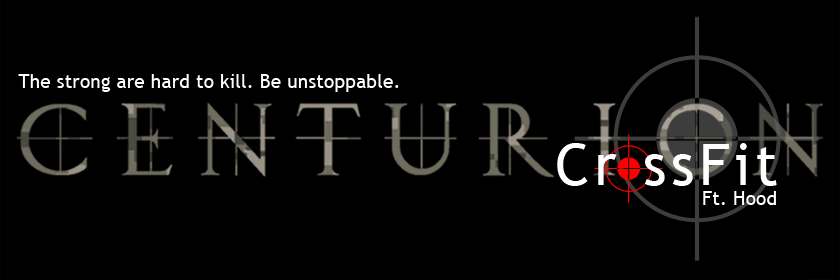
Background
During the American Revolution, the legal separation of the American colonies from Great Britain occurred on July 2, 1776, when the Second Continental Congress voted to approve a resolution of independence that had been proposed in June by Richard Henry Lee of Virginia.[4] After voting for independence, Congress turned its attention to the Declaration of Independence, a statement explaining this decision, which had been prepared by a Committee of Five, with Thomas Jefferson as its principal author. Congress debated and revised the Declaration, finally approving it on July 4. A day earlier, John Adams had written to his wife Abigail:
“The second day of July, 1776, will be the most memorable epoch in the history of America. I am apt to believe that it will be celebrated by succeeding generations as the great anniversary festival. It ought to be commemorated as the day of deliverance, by solemn acts of devotion to God Almighty. It ought to be solemnized with pomp and parade, with shows, games, sports, guns, bells, bonfires, and illuminations, from one end of this continent to the other, from this time forward forever more.”
Adams' prediction was off by two days. From the outset, Americans celebrated independence on July 4, the date shown on the much-publicized Declaration of Independence, rather than on July 2, the date the resolution of independence was approved in a closed session of Congress.[6]
One of the most enduring myths about Independence Day is that Congress signed the Declaration of Independence on July 4, 1776.[7][8] The myth had become so firmly established that, decades after the event and nearing the end of their lives, even the elderly Thomas Jefferson and John Adams had come to believe that they and the other delegates had signed the Declaration on the fourth.[9] Most delegates actually signed the Declaration on August 2, 1776.[10] In a remarkable series of coincidences, both John Adams and Thomas Jefferson, two founding fathers of the United States and the only two men who signed the Declaration of Independence to become president, died on the same day: July 4, 1826, which was the United States' 50th anniversary. President James Monroe died exactly five years later, on July 4, 1831, but he was not a signatory to the Declaration of Independence.
Observance
In 1777, thirteen gunshots were fired, once at morning and again as evening fell, on July 4 in Bristol, Rhode Island. Philadelphia celebrated the first anniversary in a manner a modern American would find quite familiar: an official dinner for the Continental Congress, toasts, 13-gun salutes, speeches, prayers, music, parades, troop reviews, and fireworks. Ships were decked with red, white, and blue bunting.[11]
In 1778, General George Washington marked July 4 with a double ration of rum for his soldiers and an artillery salute. Across the Atlantic Ocean, ambassadors John Adams and Benjamin Franklin held a dinner for their fellow Americans in Paris, France.[12]
In 1779, July 4 fell on a Sunday. The holiday was celebrated on Monday, July 5.[12]
In 1781, the Massachusetts General Court became the first state legislature to recognize July 4 as a state celebration.[12]
In 1783, Moravians in Salem, North Carolina, held a celebration of July 4 with a challenging music program assembled by Johann Friedrich Peter. This work was titled "The Psalm of Joy".
In 1791 the first recorded use of the name "Independence Day" occurred.
In 1870, the U.S. Congress made Independence Day an unpaid holiday for federal employees.[13]
In 1938, Congress changed Independence Day to a paid federal holiday.
Unique or historical celebrations
Held since 1785, the Bristol Fourth of July Parade in Bristol, Rhode Island is the oldest continuous Independence Day celebration in the United States.
Since 1912, the Rebild Society, a Danish-American friendship organization, has held a July 4th weekend festival that serves as a homecoming for Danish-Americans in the Rebild section of Denmark.[16]
Since 1916, Nathan's Hot Dog Eating Contest in Coney Island, Brooklyn, New York City supposedly started as a way to settle a dispute among four immigrants as to who was the most patriotic.
Since 1959, the International Freedom Festival is jointly held in Detroit, Michigan and Windsor, Ontario during the last week of June each year as a mutual celebration of Independence Day and Canada Day (July 1). It culminates in a large fireworks display over the Detroit River.
Numerous major and minor league baseball games are played on Independence Day.
The famous Macy's fireworks display over the East River in New York City has been televised nationwide on NBC since 1976.
Since 1970, the annual 10 kilometer Peachtree Road Race is held in Atlanta, Georgia.
Since 1973, the Boston Pops Orchestra hosts a music and fireworks show over the Charles River Esplanade called the "Boston Pops Fireworks Spectacular".[17] The event has been broadcast nationally since 2007 on CBS.[18]
On the Capitol lawn in Washington, D.C., “A Capitol Fourth,” a free concert, precedes the fireworks and attracts over half a million people annually.

No comments:
Post a Comment